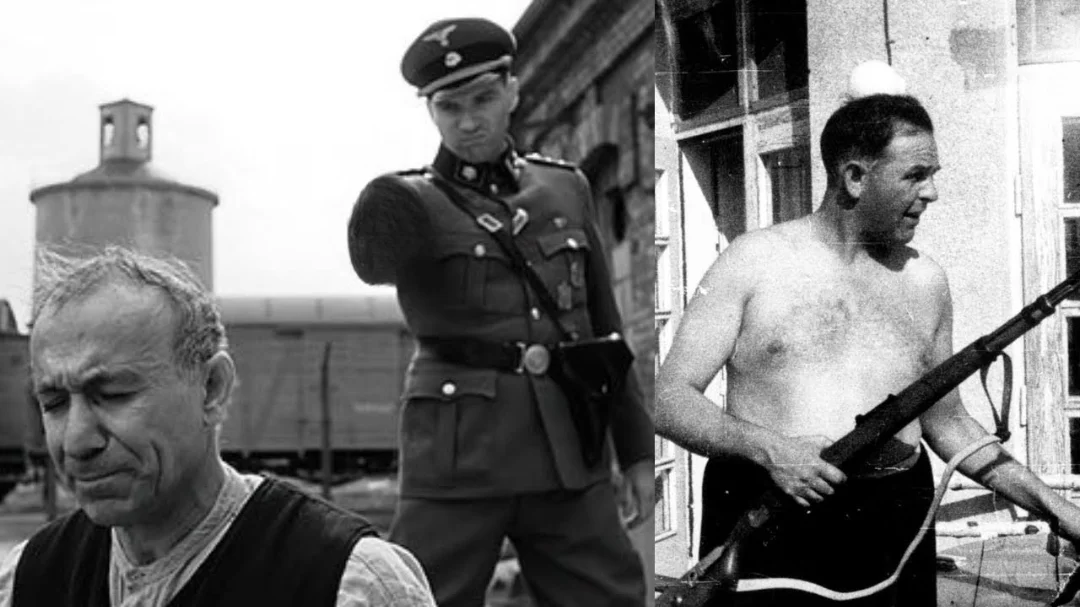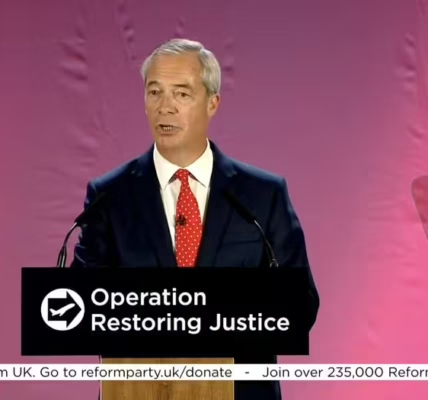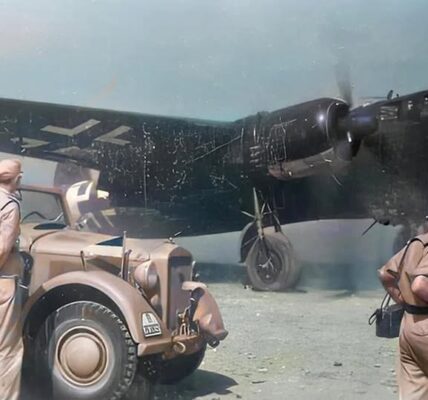THE DAY THE “BUTCHER OF PŁASZÓW” PAID THE PRICE: The Execution of Amon Goeth – The Nazi Camp Commandant Who Declared Himself God, Turned Killing into a Morning Routine, Causing 8,000 Prisoners to Perish
Content Warning: This article discusses historical events involving extreme violence, war crimes, and the Holocaust, which may be deeply distressing. It aims to educate on the leadership of Nazi atrocities and the pursuit of justice, encouraging reflection on human rights and the prevention of genocide.
Amon Göth (1900–1946), SS-Hauptsturmführer and commandant of Kraków-Płaszów concentration camp from February 1943 to September 1944, was notorious for his personal brutality and role in the extermination of thousands. Born in Vienna, Göth’s career in the SS included deportations to Operation Reinhard camps. Tried at the Kraków Trial in 1946, he was convicted of war crimes and executed by hanging on September 13, 1946. This analysis, based on verified sources like the United States Holocaust Memorial Museum and trial records, provides an objective overview of Göth’s life, command at Płaszów, crimes, and trial, fostering discussion on the mechanisms of Nazi terror and the value of accountability.

Early Life and SS Career
Amon Göth, the only child of Catholic parents, was born on December 11, 1900, in Vienna, Austria-Hungary. Raised in a middle-class family, he worked as a salesman before joining the Austrian Nazi Party in 1927. After the Anschluss (March 1938), Göth became a German citizen and entered the SS in 1940, rising to SS-Hauptsturmführer (captain).
World War II began on September 1, 1939, with the invasion of Poland. In summer 1942, as deportations from ghettos in the General Government escalated, Göth joined SS headquarters in Lublin under Odilo Globocnik, SS and Police Leader for Kraków. As part of Operation Reinhard—the systematic extermination of Jews in occupied Poland—Göth oversaw transports to the Bełżec, Sobibór, and Treblinka, facilitating the murder of hundreds of thousands.
Command at Płaszów: A Reign of Terror
Göth’s next role, starting February 11, 1943, was commanding the 200-acre Kraków-Płaszów camp, originally a forced-labor site for Jews established in 1942 on two Jewish cemeteries. Under SS authority, it expanded to a full concentration camp by 1944, with Ukrainian auxiliaries from Trawniki as guards.
Płaszów, surrounded by electrified barbed wire, divided into sections: German barracks, factories, warehouses, men’s and women’s camps, and a “labor education camp” for Polish violators. At peak, over 20,000 prisoners—Poles and Jews segregated—endured arbitrary executions, harassment, humiliation, and torture by Göth and guards.
Daily life followed strict rules: morning roll calls, then herded to jobs. Escape or sabotage meant death; food smuggling, 100 lashes. Successful escapes triggered executing every tenth prisoner in the group; Göth often performed them personally, believing it instilled “order and discipline.”
Göth’s cruelty was personal. From his renovated villa, he shot prisoners from the balcony or office window for moving slowly or resting. In his inaugural address, he proclaimed, “I am your God.” Thousands died by shooting; the camp’s expansion desecrated cemeteries for infrastructure.
The Ghetto of Tarnów and Broader Atrocities

Płaszów drew victims from ghettos like Kraków’s. Pre-war Tarnów, 45 miles east, had 25,000 Jews (half the population) since the 15th century. Deportations started June 1942, sending 13,500 to Bełżec; SS massacred hundreds in streets, markets, cemeteries, and woods. Survivors, plus thousands from neighboring towns, entered a fenced ghetto with poor conditions, food shortages, sanitation issues, and forced labor in war factories.
Göth’s oversight ensured efficient deportations and liquidations, contributing to the deaths of tens of thousands.
Arrest, Trial, and Execution: Justice Served
As Allies advanced in 1944, Göth was removed from Płaszów in September for corruption—embezzling Jewish property—and arrested by the SS. Held in Dachau, he was liberated by U.S. forces in May 1945 but extradited to Poland for trial.
The Kraków Trial (August 27–September 5, 1946), by a Polish Supreme National Tribunal, charged Göth with murdering 8,000 Płaszów prisoners, liquidating Kraków and Tarnów ghettos, and overseeing deportations. Survivor testimonies—detailing balcony shootings, dog attacks (with Barry and Rolf), and arbitrary killings—overwhelmed his defense.
Convicted on all counts on September 5, 1946, Göth was sentenced to death. On September 13, 1946, at age 45, he was hanged publicly in Kraków’s former ghetto. The execution, witnessed by survivors, symbolized justice.
Legacy and Cultural Impact
Göth’s portrayal in Schindler’s List (1993) as Ralph Fiennes immortalized his sadism, though dramatized. The film, based on Oskar Schindler’s efforts, contrasted Göth’s cruelty with rare mercy.
Płaszów, now a memorial site, educates on the Holocaust’s Polish chapter—5–6 million Jewish deaths. Historians like David Crowe describe Göth as a “sadistic bureaucrat,” his villa a symbol of unchecked power.
Amon Göth’s path—from Vienna salesman to Płaszów “Butcher” and 1946 hanging—exemplifies Nazi terror’s human face. His personal killings and command of 20,000 prisoners’ suffering contributed to the Holocaust’s machinery. For history enthusiasts, Göth’s trial urges remembrance of victims, genocide prevention, and human rights advocacy. Verified sources like the USHMM ensure accurate education, promoting vigilance against hatred and authoritarianism.




